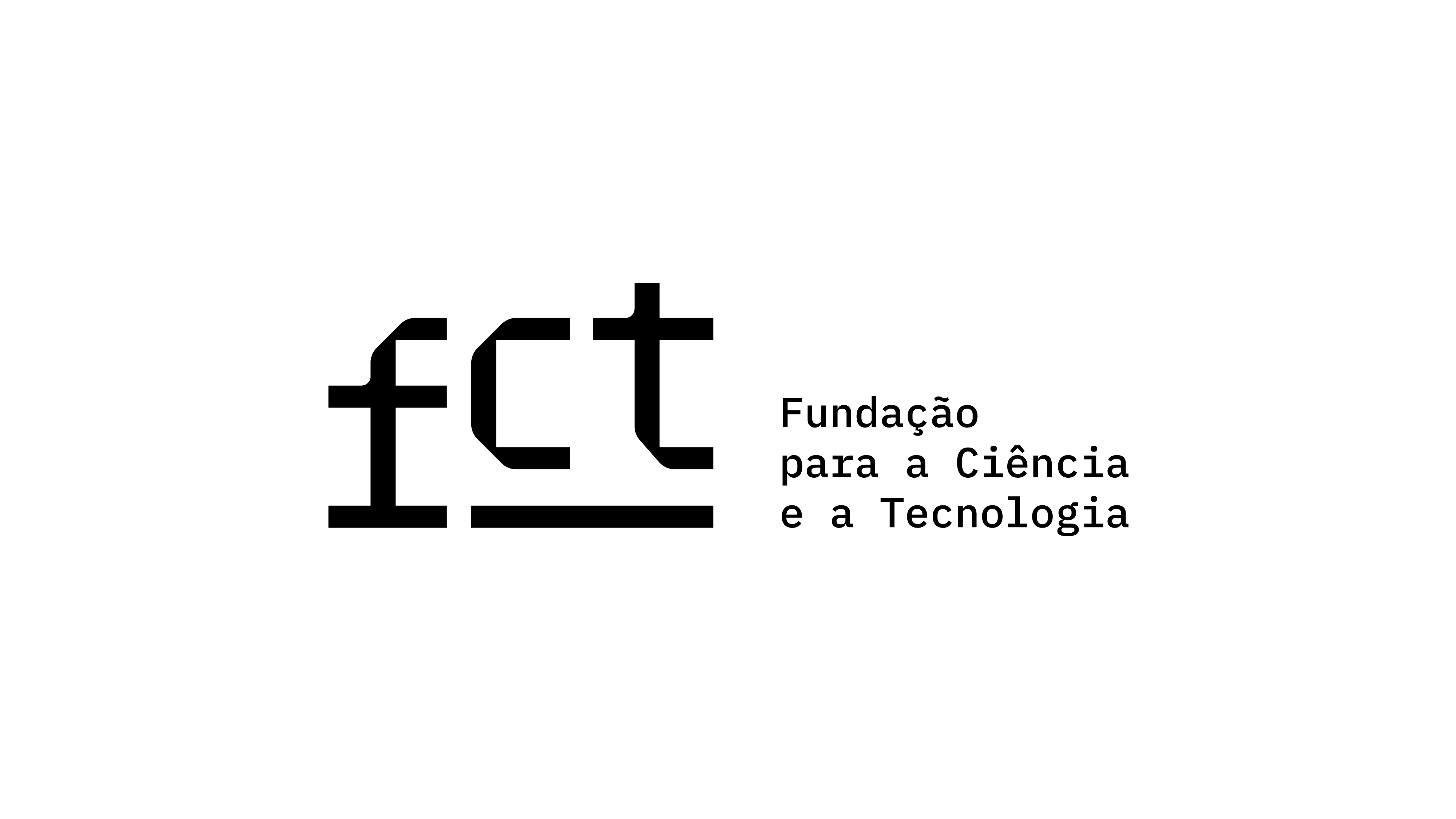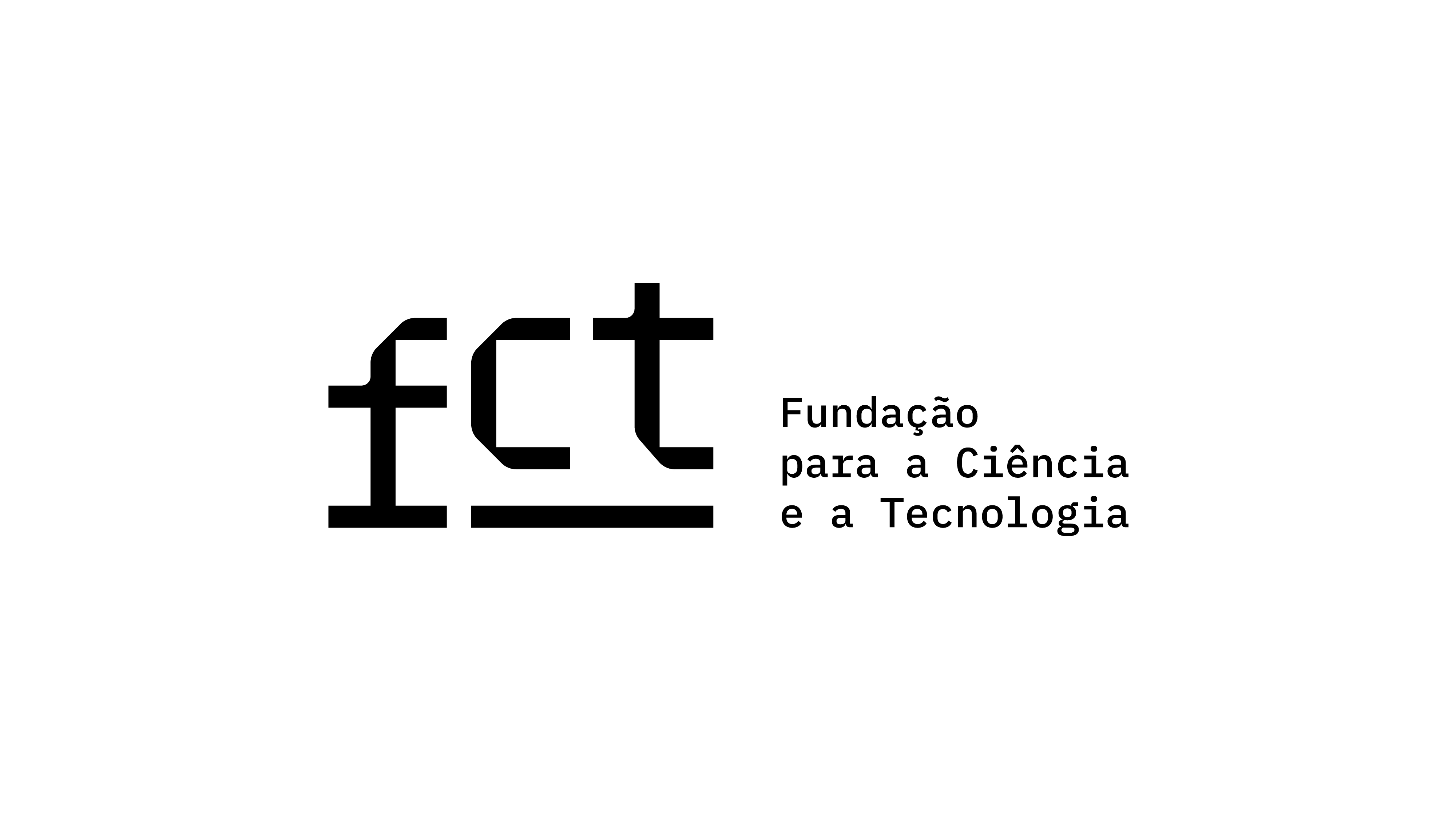About the Journal
Scope
Vista is an open-access scientific journal on visual culture and digital arts, aiming to promote a transdisciplinary debate around the processes of visual culture mediation. Besides studies on photography, cinema, television, advertising, video games, digital media, it currently encompasses technological arts and media arts.
Vista pursues the following objectives:
- to promote critical thinking on image and the study of visual objects, both analogical and digital, and media arts productions, within the field of communication sciences;
- to disseminate a collection of studies from different scientific domains, different geographical contexts, and historical moments, which correspond to heterogeneous theoretical and methodological approaches to visual culture and technological arts;
- to diversify the research topics in the broad field of image studies and media arts aiming to diversify the exchange of what is visible, actively contributing to a culture of the gaze;
- to encourage scientific contributions and promote multidisciplinary visual projects in areas such as photography, video art, urban art, and technological arts, to challenge the boundaries between scientific culture and artistic culture.
Vista was created in 2015 by Sopcom's Visual Culture Working Group. It has been edited by Communication and Society Research Centre (CECS), Institute of Social Sciences, from the University of Minho since the second half of 2020.
According to the scientific publication best practices, since 2021, Vista follows the continuous publication model to reduce the delay between submission and publication.
The journal is fully published in Portuguese and English, since 2021, and follows a rigorous scientific peer-review system (double-blind review by two reviewers).
Journal Structure
Vista includes four paper formats (thematic and varia):
- articles;
- interviews;
- comments (reviews);
- visual projects.
The "visual projects" format focuses on visual content, welcoming the diverse configurations it may take, from photography to illustration, including audiovisual, collage or digital remix. Submissions may articulate text and image, the latter being the only vehicle to produce meaning. Visual essays must be supported by a descriptive document providing a context for the work presented, clarifying its framework, purpose, objectives, and methodology or all.
Editorial Policy
Vista is an open-access academic journal, following the highest standards of the peer review system and addressed to national and international scholars and early career researchers. It welcomes works that contribute to a deeper understanding of the visual mediation of culture and integrate theories and methodologies from different human and social sciences fields that converge in the broad area of visual culture and digital arts. It is open to contributions from academics and professionals in Portuguese and English, providing a forum for interaction.
Vista admits proposals of original and unpublished academic manuscripts (including those previously made available in preprints repositories) on topics concerning the objectives and scope of the journal, in the form of (1) articles; (2) visual projects; (3) reviews and (4) interviews. Contributions should be relevant and accessible to an audience of visual culture and digital arts.
The manuscripts may be submitted in English or Portuguese, being always published in both languages.
Editorial Process
1. The call is permanently open (thematic calls can also be open), and the authors of submitted manuscripts are informed of the editorial decision within 2 months after submission. Works submitted to Vista undergo a preliminary assessment by the journal's directors/editors that will consider the following criteria for publication: relevance to the journal's objectives and scope, full compliance with the editorial guidelines, and submission of the manuscript's structure and content. Manuscripts meeting these criteria will be considered for publication and sent to reviewers for evaluation according to the rules set out in points 2 and 3. The reviewers, scholars or professional experts from different institutional and geographical backgrounds will be recruited from the editorial board and, according to the content of the submitted work, from the areas of visual culture and digital arts.
2. The decision to publish the works submitted is made by the director and the associate director (and, if applicable, the thematic editors). The decision to publish articles, visual projects, reviews, and interviews will depend on the favourable opinion of two external reviewers, one of whom must be a native speaker of the language of the work, on a double-blind system.
3. Once the work is sent for external evaluation, the two reviewers are asked to make one of the following recommendations based on an assessment of the academic quality of the submission, originality and relevance to the objectives and scope of the journal:
A. publish with no further reviews;
B. publish with minor revisions required;
C. revisions and resubmission required;
D. rejected.
Publishing with no further reviews applies to manuscripts that require minor changes but are in all other respects publishable in their original form. Publishing with minor revisions refers to works where the reviewers suggest minor changes on content. Manuscripts recommended for further revision and resubmission require significant content revisions and reassessment. Therefore, works receiving this recommendation are subject to one second round of review with the same two reviewers whenever possible.
Only one revision and one resubmission are allowed.
Authors are sent a decision email including any relevant reviewer comments. Should the recommendations be B or C, authors are invited to submit an updated version within 2 to 4 weeks after notification.
The manuscripts may be submitted in English or Portuguese, being always published in both languages.
Once the definitive version is accepted, it will be formally edited and, the proofs will be sent to the authors for their approval for publication. At this stage, authors are asked not to introduce any changes to the academic content of their manuscript. Authors will be informed about the publication.
According to publication best practices and to promote the timely communication and dissemination of scientific research, the journal follows a continuous publication model. The journal is available in two editions per year (January-June and July-December). Works will be made available as soon as they are accepted and edited in their definitive version; this means that the manuscripts can be made available before the conclusion of the edition where they belong. At this stage, the works are in their definitive version and can already be cited.
Authors are charged no fees for handling and submission.
Peer Review Policy
As previously mentioned, the journal follows the double-blind peer review process, and the decision to publish depends on the favourable opinion of two external reviewers. One of the reviewers shall be a native speaker of the language used in the work. The reviewers, academic or professional experts, from different institutional and geographical backgrounds, will be recruited from the editorial board and, depending on the content of the submitted manuscripts, within the areas of visual culture and digital arts.
Code of Ethics
Vista shares the general principles of best practices and ethical values in scientific research, which are part of the Code of Ethical Conduct of the University of Minho. In line with that code's provisions (pp. 17-18), Vista deems reproachable any conduct that breaches the researcher's integrity. The following actions, not exhaustively described, represent breaches to the researcher's integrity and, as such, are imposed sanctions:
- plagiarism;
- the appropriation of others' intellectual creations, protected by the rules of intellectual property, without legal consent
- data fabrication;
- data falsification;
- the intentional data manipulation to favour a line of work or to satisfy interests that are alien to the scientific truth;
- redundant or duplicate publication, in whole or in part, without explicit reference to the source and the replicated sections.
Vista seeks to investigate allegations of plagiarism or misappropriation of works published in the journal. It also strives to protect the journal's reputation against malpractice. Manuscripts submitted are cross-checked using screening software. Should plagiarism be detected, or third-party material be included without prior or timely copyright permission, or if the manuscript's authorship is disputed, or any other malpractice is detected, the journal reserves the right to act, including but not limited to: publishing a retraction or amendment; withdrawing the work from the journal; reporting to academic bodies; banning the author from publishing in the journal or taking appropriate legal action.
Open Access
This journal provides immediate open access to its content on the principle that freely available scientific knowledge provides a greater global knowledge exchange.
The journal allows self-archiving of all versions in institutional repositories for immediate availability.
Data Sharing
The journal encourages authors to make the data supporting their research findings available. Such deposit must precede or coincide with submission. Exceptions may be granted to data that might, under any circumstance, compromise the protection, privacy or safety of those involved in the research or any other legal or ethical issue.
Deposit in a data repository with a plan for long-term preservation of the files and registration of persistent identifiers is recommended. Should you have doubts about the most suitable repository, you can, for instance, refer to the re3data.org portal to choose one that suits your needs, or you can use a generalist repository, such as Zenodo. The University of Minho has a data repository, Data RepositóriUM, where data related to works published in this journal can also be deposited.
Authors are encouraged to follow the best practices on citation and datasets. When applicable, information should be provided on where the data related to the article is located and on what conditions it can be accessed. The DOI, another persistent identifier or URL should also be provided when applicable.
Example: The data supporting the research findings in this article are available in open access on the Data RepositóriUM at https://doi.org/10.34622/datarepositorium/QUV6OP.
However, this information should not be included in the manuscript to ensure double-blind peer review. You can add the information in the comments section to the editor during the submission process.
Digital Preservation Policy
This journal is digitally preserved through the Public Knowledge Project.
Publisher
Communication and Society Research Centre (CECS) of the University of Minho
Campus of Gualtar, 4710-057 Braga - Portugal
Phone: [+351] 253 604 695
Email: cecs[at]ics.uminho.pt

With support from the hosting service for scientific journals of:
Funding
The journal Vista is supported by national funds through Fundação para a Ciência e a Tecnologia, I.P., under project UIDB/00736/2020 (base funding) and UIDP/00736/2020 (programmatic funding).










